Discover how to create an eco-friendly living space with this guide to sustainable interior design. Explore tips on using sustainable materials, energy-efficient appliances, and minimalist aesthetics to transform your home into a haven that's kind to the planet.
Disclaimer: this post may contain affiliate links, and every purchase made through these links will give me a small commission (at absolutely no extra cost for you!) AS AN AMAZON ASSOCIATE AND REWARDSTYLE MEMBER, I EARN FROM QUALIFYING PURCHASES. See Privacy Policy for additional info.
In our modern era, taking care of our environment is a shared responsibility. This mission permeates all areas of life and includes our indoor living spaces. Creating a sustainable and eco-friendly interior design contributes significantly to this cause. But what exactly is sustainable interior design, and how can you implement it in your own home? This guide aims to uncover these mysteries.
What is Sustainable Interior Design?
Sustainable interior design is a practice that seeks to minimize negative environmental impact by using eco-friendly materials and promoting energy efficiency. It revolves around three main principles - reducing waste, reusing available materials, and recycling. Let's delve deeper into these concepts.
Key Principles for a Sustainable Home
1. Choose Eco-Friendly Materials
The first step towards a sustainable interior design is choosing eco-friendly materials. This means opting for materials with a low environmental impact during their production, usage, and disposal. Elements such as bamboo, cork, and recycled glass or metal are excellent options. You can also consider recycled or biodegradable plastic materials, such as polylactide and polycaprolactone.
2. Prioritize Energy Efficiency
Energy-efficient appliances and fixtures play an important role in sustainable interior design. Products with high energy efficiency ratings not only reduce greenhouse gas emissions but also save you money in the long run. Consider implementing LED lighting, energy-saving appliances, or perhaps even solar panels.
3. Minimize Waste
Avoid overbuying furniture or decorative items. Aim for a minimalist aesthetic that highlights only necessary elements, thus reducing waste. Remember, less is often more when it comes to sustainable design.
Practical Steps to Create a Sustainable Interior Design
1. Select Sustainable Furniture
Choose furniture made of certified sustainable wood or recycled materials. Vintage and second-hand furniture are also a great choice as they extend the life cycle of existing products.
2. Use Low VOC Paints
Volatile Organic Compounds (VOCs) are harmful pollutants released by many traditional paints. Using Low VOC or No VOC paints can significantly reduce indoor air pollution, promoting a healthier living environment.
3. Incorporate Indoor Plants
Plants purify the air by absorbing toxins and releasing oxygen. They also add a touch of nature to your space, enhancing the overall aesthetic. So add plants to your home decor!
4. Install Eco-Friendly Insulation
Eco-friendly insulation, such as sheep wool or cellulose, can help control the temperature in your home, reducing the need for energy-intensive heating or cooling.
5. Choose Natural Fabrics
Try to use organic cotton, hemp, or bamboo for upholstery, curtains, or beddings. These fabrics are not only sustainable but comfortable and stylish.
The Takeaway
While sustainable and eco-friendly interior design may seem complex at first, it doesn’t have to be intimidating. By taking one step at a time, adopting the principles above, you can create a home that is not only stylish and comfortable but also kind to our planet. Happy designing!



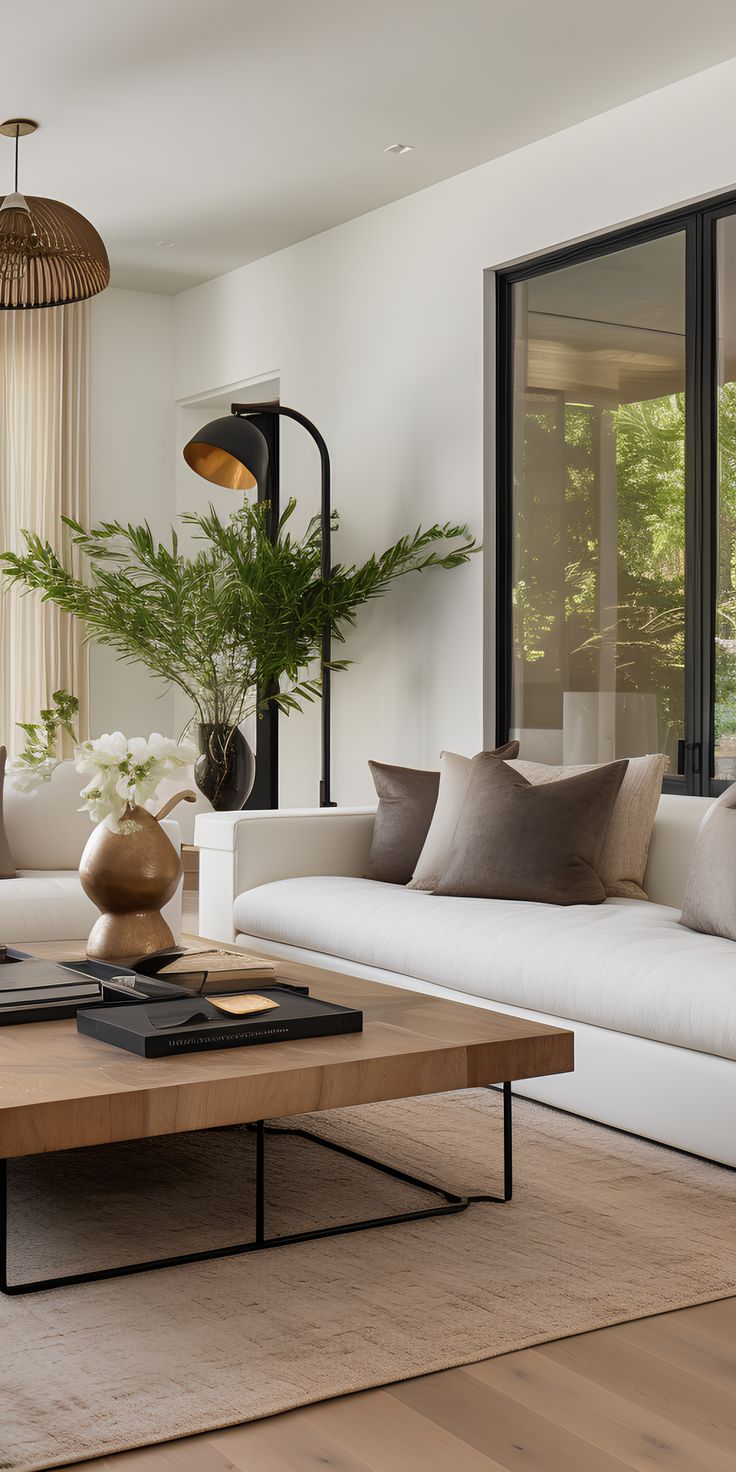


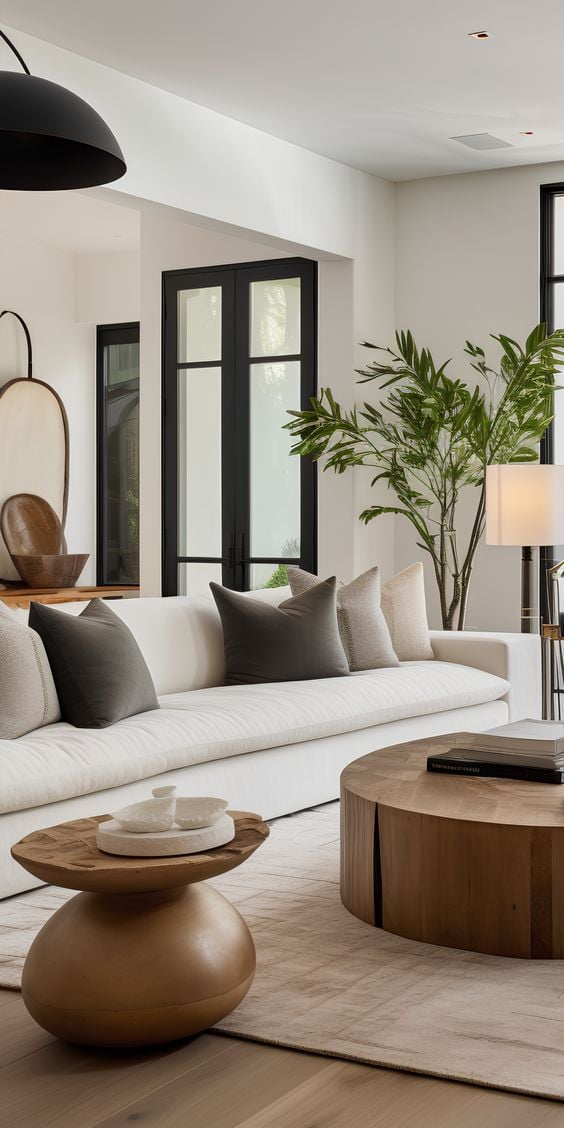
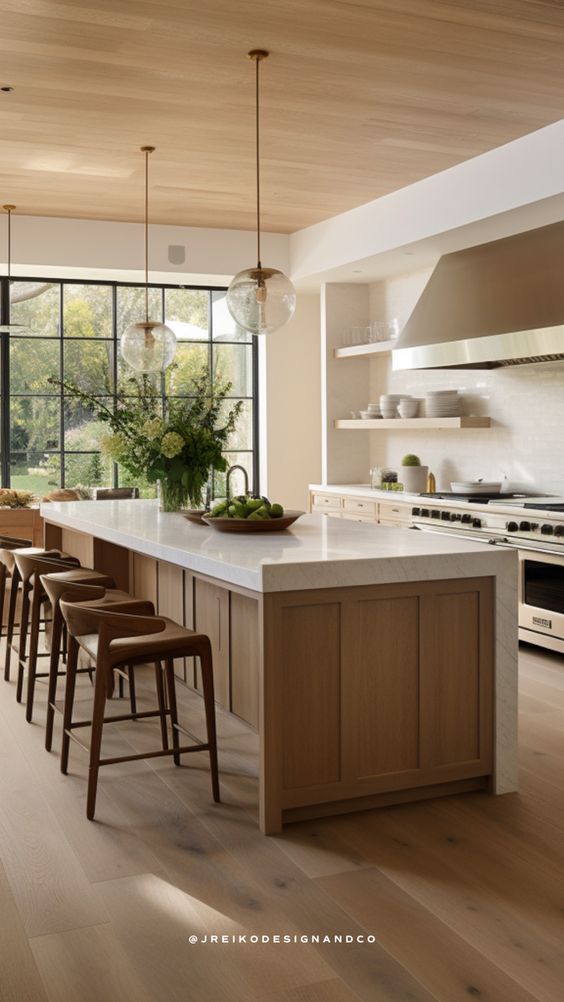
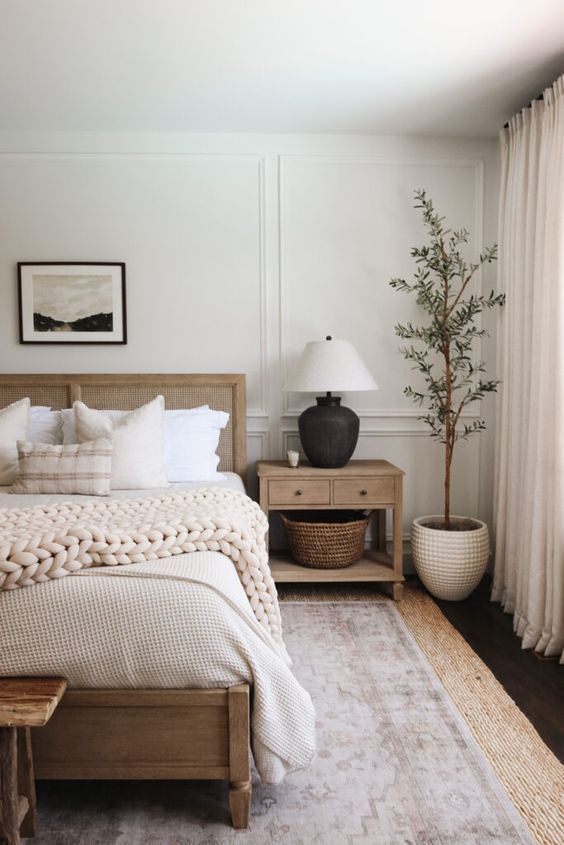



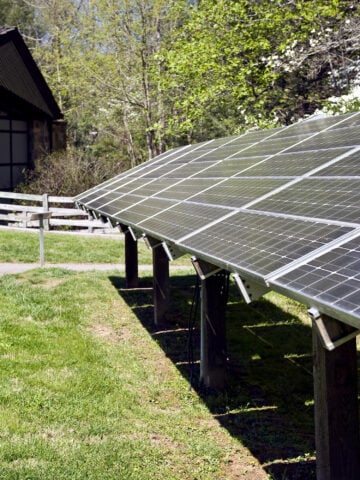
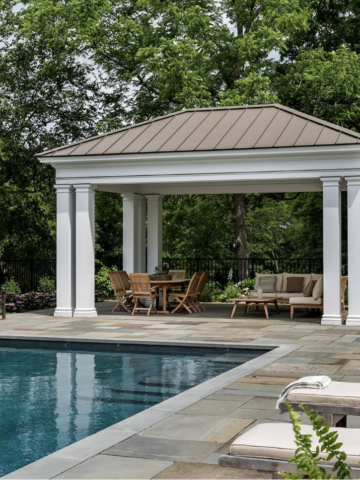
Leave a Reply